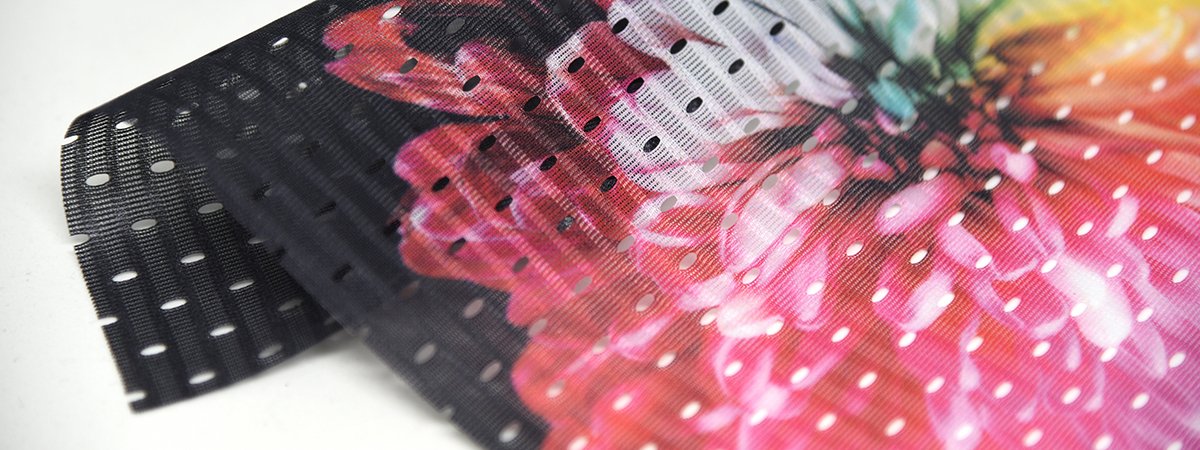From Concept to Reality: Bringing Your Mesh Print Design to Life
In the realm of modern design, mesh printing has emerged as a captivating and versatile technique, offering a unique way to transform digital concepts into tangible realities. Whether you’re a seasoned designer or someone venturing into the creative world for the first time, understanding the journey from concept to the final mesh print is essential. In this article, we’ll explore the step-by-step process of bringing your mesh print design to life, highlighting key considerations and creative insights along the way.
1. Conceptualization: The Birth of an Idea
Every great design begins with a spark of imagination. Whether inspired by nature, art, or personal experiences, the conceptualization phase is where you define the essence of your mesh print. Consider the message you want to convey, the emotions you aim to evoke, and the overall aesthetic you envision. Sketching and brainstorming are crucial in this stage, allowing you to explore different possibilities and refine your initial ideas. چاپ مش بنر
2. Digital Design: Translating Ideas into Pixels
Once your concept takes shape on paper, it’s time to bring it into the digital realm. Utilize graphic design software such as Adobe Illustrator or Photoshop to create a high-resolution digital version of your mesh print. Pay attention to details, color schemes, and overall composition. This step serves as the bridge between your imagination and the practicalities of print production.
3. Mesh Preparation: Choosing the Right Canvas
The choice of mesh is a pivotal decision in the mesh printing process. Mesh count, measured in threads per inch, determines the level of detail and clarity in your print. Lower mesh counts are ideal for bold designs, while higher mesh counts are suitable for intricate details. Consider the texture and color of the fabric as well; these factors can significantly impact the final appearance of your print.
4. Screen Preparation: Craftsmanship in Action
Creating a screen for mesh printing is a delicate craft that demands precision and attention to detail. Begin by coating the mesh with a light-sensitive emulsion. Once dry, expose the screen to ultraviolet light, using your digital design as a stencil. The areas covered by your design will harden, creating a template for the ink to pass through during printing. This meticulous process ensures that every fine detail of your digital design is faithfully transferred to the screen.
5. Ink Selection: Bringing Colors to Life
Choosing the right ink is akin to selecting the perfect palette for a painting. Consider the color vibrancy, opacity, and compatibility with your chosen fabric. Water-based inks are eco-friendly and versatile, while plastisol inks offer durability and vibrant colors. The selection of ink contributes significantly to the overall visual impact of your mesh print, so take the time to experiment and find the perfect match for your design.
6. Printing Process: Precision in Motion
With your screen prepared and ink selected, it’s time to bring your design to life on fabric. Place the screen over the fabric, ensuring proper alignment, and apply the ink evenly across the surface. The squeegee, a tool resembling a rubber blade, plays a crucial role in this process, pushing the ink through the mesh and onto the fabric. Repeat the process for each color in your design, allowing for proper drying time between layers.
7. Curing: Sealing the Deal
To ensure the longevity of your mesh print, curing is essential. This involves applying heat to the printed fabric, typically through a conveyor dryer or heat press. The heat cures the ink, bonding it to the fabric and creating a durable, lasting print. Proper curing not only enhances the print’s resilience but also ensures that the colors remain vibrant and true to your original design.
8. Quality Control: Perfection in the Details
Before declaring your mesh print ready for the world, conduct a thorough quality check. Inspect each detail, ensuring that colors are consistent, lines are sharp, and the overall composition aligns with your initial vision. This step is crucial in catching any imperfections or inconsistencies that may have occurred during the printing process, allowing you to make necessary adjustments and deliver a flawless final product.
9. Presentation: Sharing Your Creation with the World
With your mesh print perfected, it’s time to showcase your creativity to the world. Consider various presentation options, from framing individual prints to incorporating them into fashion or home decor items. Whether displayed in a gallery or worn as a statement piece, the presentation enhances the overall impact of your design, inviting others to appreciate the thought and effort invested in bringing your mesh print to life.
In conclusion, the journey from concept to reality in mesh printing is a fascinating process that melds creativity with craftsmanship. Each step, from conceptualization to presentation, contributes to the unique charm of mesh prints, offering a tangible representation of the designer’s vision. By understanding and embracing the intricacies of this process, designers can elevate their creations, transforming digital dreams into tangible works of art.

